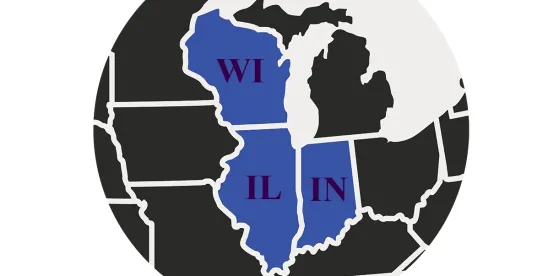In its June 14, 2023, decision in United States ex rel. Michelle Calderon v. Carrington Mortgage Services, LLC, No. 22-1553, 2023 WL 3991013, (7th Cir. 2023), the Seventh Circuit explained the high bar for relators to prove proximate causation in FCA suits based on alleged false certifications of mortgage loans for Federal Housing Administration (FHA) insurance.
Michelle Calderon alleged that Carrington Mortgage Services made false representations to the U.S. Department of Housing and Urban Development (HUD) regarding borrowers’ risk levels when submitting applications to have loans covered by federal mortgage insurance. Federal mortgage insurance from the Federal Housing Authority (FHA) provides a path to homeownership to those considered too risky to apply for a traditional mortgage by covering the losses for lenders should the borrower default on the loan. Calderon alleged that Carrington was making misrepresentations in loan applications by providing false information or omitting certain information that would have otherwise made HUD consider these loans too risky or ineligible for federal mortgage insurance.
The district court granted summary judgment based in part upon its finding that Calderon could not prove that the alleged misrepresentations caused a monetary loss. The court reiterated that, under United States v. Luce, 873 F.3d 999, 1014 (7th Cir. 2017), a plaintiff must show both actual and proximate cause in order to recover under the FCA. The court further reasoned that, in FCA cases regarding alleged false certifications for FHA insurance coverage, it agreed with the Third and Fifth Circuits that the relator must show that the defendant’s purportedly false certification that the borrower met HUD’s underwriting guidelines “played some role in causing or increasing the risk of a subsequent default.”
Calderon attempted to show causation both via a statistical analysis of the defendant’s rate of default for its loans and via a loan-by-loan analysis. The court determined that in both scenarios, the level of information provided by the analyses, or lack thereof, did not establish a causal link to default. The court held that while Calderon could potentially use sampling and extrapolation to prove causation by showing that the defendant’s underwriting was reckless, doing so would require evidence that the defendant had an elevated rate default specifically for its federally insured loans. In this case, the relator’s evidence regarding the defendant’s default rate was not specific to its federally insured loans, so it was not sufficient to a finding of causation.
The court also found that the relator could potentially show causation by reviewing each loan file and presenting evidence of the reason for default, but Calderon was not able to do so here. The stated reasons for default in the defendant’s documents — e.g., “Excessive Obligations” and “Curtailment of Income” — were too vague to permit a jury to determine whether the default was related to the purported false statement in the file or to some other intervening event.
For those dealing with federally insured mortgage loans, this decision clarifies the demanding standard for relators in bringing an FCA action. To succeed, a relator’s allegation of false statements in FHA insurance applications not only must be false and material to the FHA’s decision to provide insurance coverage, but also relators must be able to prove that the specific alleged false statements were the proximate cause of any eventual default.




 />i
/>i

